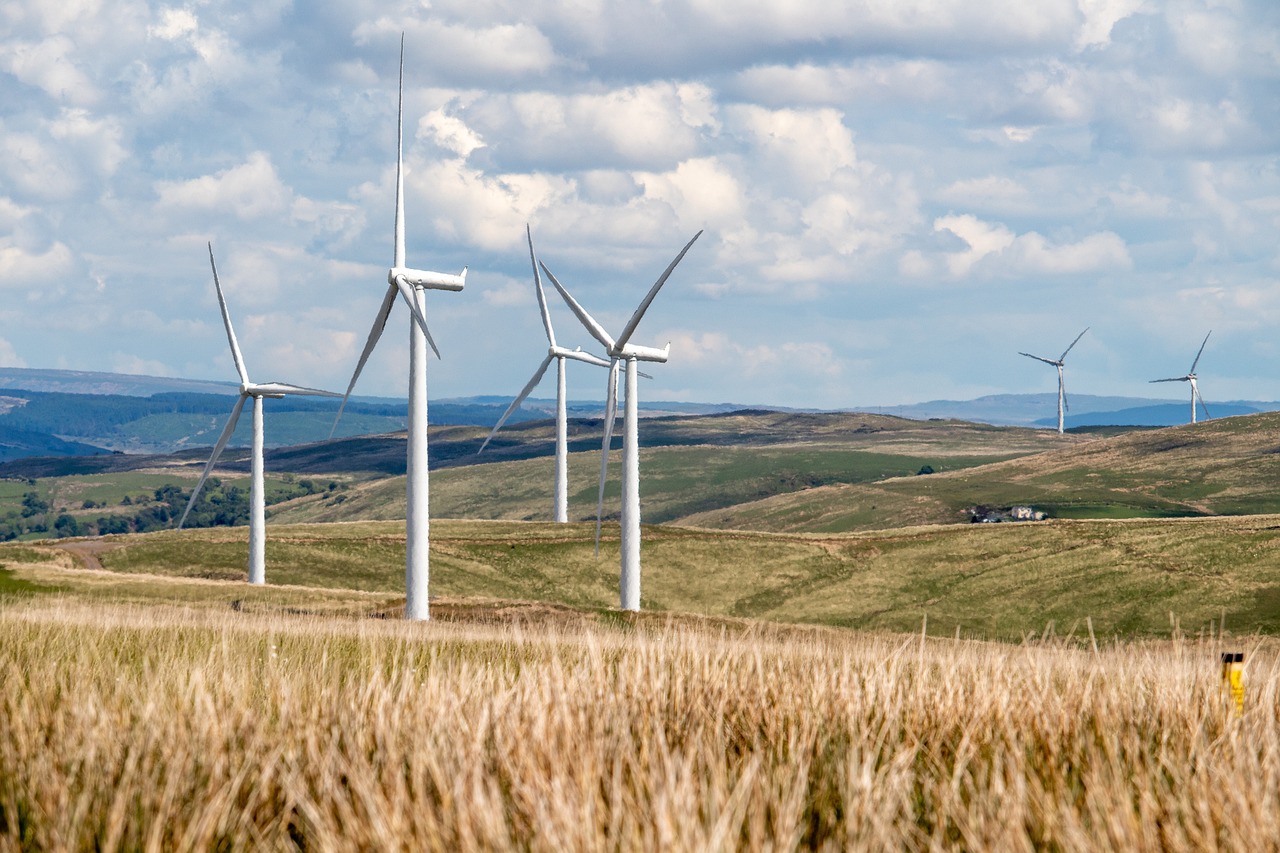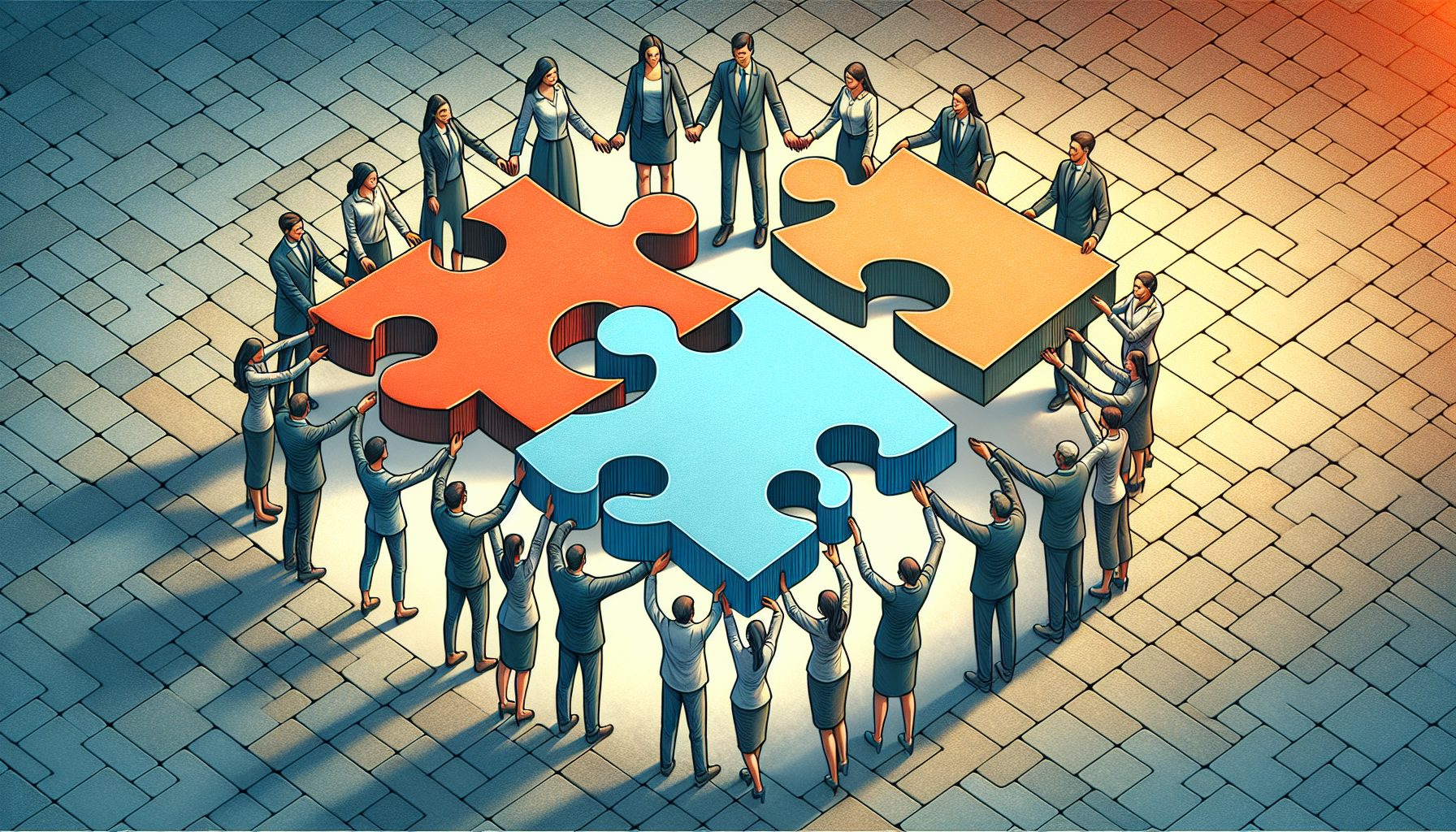As individuals, we are becoming increasingly aware of how important it is to be sustainable and lead a green life. We’ve been making more and more lifestyle changes to slow down climate change and global warming. But it’s not just down to the “little man.” In fact, far from it. What can, what should businesses be doing to ensure they are fulfilling their responsibility for a healthier planet? There are a variety of effective methods that can be implemented, including the help of 3DS sustainable production.
What does it mean to have sustainable production?
Production achieves sustainable status when it is conducted with a low negative impact on the environment. The processes are non-polluting and utilize renewable resources. It is not solely about the manufacture of products but also their lifecycle. Are they made from materials that are difficult or impossible to recycle? Can energy usage be lowered? These are the questions that all businesses should be asking themselves.
What are the main types of sustainability?
There are a few different ways to categorize and achieve sustainability. The following list is in relation to sustainable production and the various focus points surrounding it.
Circular Economy
The best and simplest way to describe the concept of the circular economy is “regeneration.” The circular economy is at the core of more sustainable production. It requires a complete restructuring of manufacturing in order to prioritize low waste, low energy, and a meaningful product lifecycle. Companies and manufacturers that allow their production to contribute to a linear economy are creating unnecessary waste before the product has even made it to the customer. There needs to be a shift to recyclability and zero harmful emissions.
Energy Efficiency
This is referring to the types of energy that a company may use to manufacture products or provide a service. The less energy used, the lesser the environmental impact. Companies can explore electrification: switching to electrified power sources. This allows the opportunity to make use of renewable energy (e.g. wind turbines, solar panels, etc.) and reduce your carbon footprint. Another perk of lowering energy usage is that it will lower costs for the business in the long run.
Water Conservation
Damage to our ecosystems is sadly not limited to carbon emissions and sending waste to landfill. It’s extremely important that we look after our water supply for ourselves and also for other living organisms. Protecting and preserving water-based ecosystems ensures the necessary quality and purity of our water. Industries must avoid polluting water with waste and should conduct regular checks on nearby water sources.
Decarbonization
Decarbonization is the goal of a carbon-free economy. This may involve using renewable energy, opting for fuels with lower negative impact, and conducting assessments of the product lifecycle. Like many more sustainable practices, this comes at an extra cost to businesses. It’s for this reason that many companies simply will not bother to implement these practices. It’s more important than ever to realize that these extra costs are vital for environmental health.




























